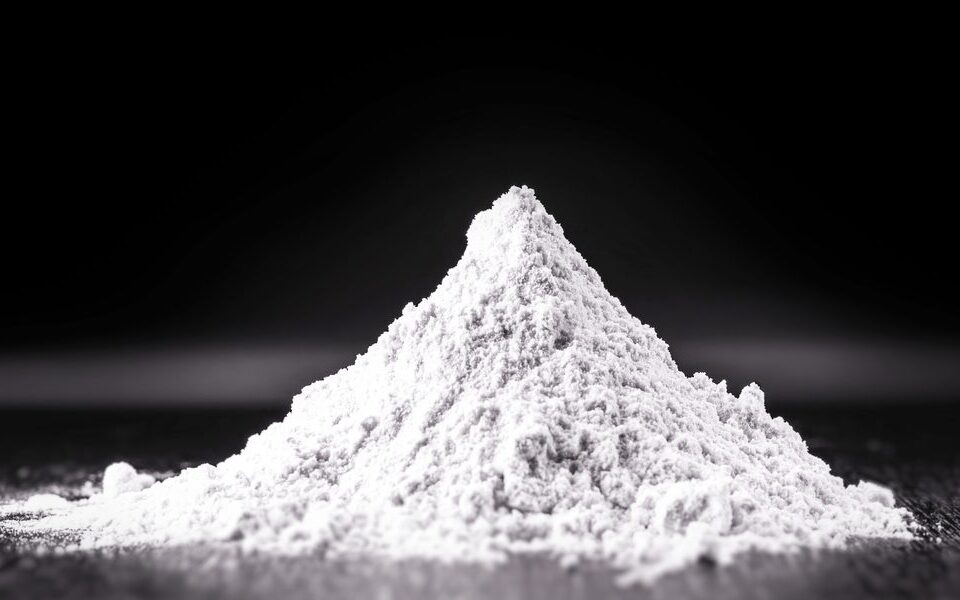- Enquiry for Distributors
- +91 97312 45655
- +91 7877745655
- arawaliscs@gmail.com
Comparing Calcium Carbonate to Other Fillers in Talc Powder Production

Applications of Calcium Carbonate in Various Industries
October 7, 2023
Calcium Carbonate Powder Manufacturers, Supplier in India
November 10, 2023In the world of industrial production, finding the right filler for your product is a critical decision. Calcium Carbonate, often used as a filler, holds a significant place in the production of talc powder.
However, it’s essential to compare this with other available fillers to make an informed choice.
In this article, we will delve into the comparison of Calcium Carbonate with other common fillers used in talc powder production.
1. Understanding Calcium Carbonate
1.1 What is Calcium Carbonate?
Calcium Carbonate is a common substance derived from limestone, marble, and chalk. It is widely used as a filler in various industries, including talc powder production.
1.2 Properties of Calcium Carbonate
Calcium Carbonate possesses unique properties that make it ideal for certain applications. It’s known for its high brightness, low oil absorption, and ease of dispersion.
2. Comparison with Talc Powder
2.1 Calcium Carbonate vs. Talc Powder
When comparing Calcium Carbonate to Talc Powder, it’s important to note that both are commonly used as fillers. However, their properties and applications can vary significantly.
2.2 Application Suitability
Talc powder is valued for its softness and lubricating properties, making it ideal for various applications like cosmetics, plastics, and ceramics. On the other hand, Calcium Carbonate is preferred for applications where brightness and whiteness are crucial, such as in paper and paint industries.
3. Calcium Carbonate vs. Dolomite Powder
3.1 Dolomite Powder
Dolomite powder is another common filler used in various industries. It is derived from calcium magnesium carbonate.
3.2 Various Uses of Dolomite Powder
- Dolomite powder for plastic Industries
- Dolomite powder for putty
- Dolomite powder for paint Industries, etc.
3.3 Comparison
Calcium Carbonate and Dolomite powder have differences in composition and application. While Dolomite offers magnesium content, Calcium Carbonate provides higher brightness. The choice depends on specific industry requirements.
4. Calcium Carbonate vs. China Clay Powder
4.1 China Clay Powder
China Clay Powder, also known as kaolin, is a widely used filler with unique properties.
4.2 Comparison
China Clay and Calcium Carbonate differ in their mineral composition and application suitability. China Clay is known for its fine particle size and whiteness, while Calcium Carbonate offers better brightness.
5. Calcium Carbonate vs. Ground Calcium Carbonate
5.1 Ground Calcium Carbonate
Ground Calcium Carbonate is a common form of Calcium Carbonate used in various applications.
5.2 Comparison
The key difference lies in the particle size and processing. Ground Calcium Carbonate is finer and provides higher brightness, making it suitable for specific industries requiring fine particles.
Conclusion
In the realm of talc powder production, the choice of filler can significantly impact the product’s quality and application. Calcium Carbonate, with its unique properties, competes with other common fillers like Dolomite powder and China Clay. Each filler has its own advantages, and the decision ultimately depends on the specific requirements of the industry. Understanding these differences is vital for informed decision-making in industrial production.
In the dynamic world of industrial production, choosing the right filler for your product is akin to selecting the perfect ingredient for a recipe. Just as a chef carefully selects the best ingredients to create a masterpiece, manufacturers must meticulously choose the ideal filler to craft their products.
One such crucial filler is Calcium Carbonate in talc powder industries. But, is it the best choice when compared to other common fillers? Let’s embark on a journey of comparison to unravel the mysteries and benefits of Calcium Carbonate and its counterparts in the realm of talc powder production




